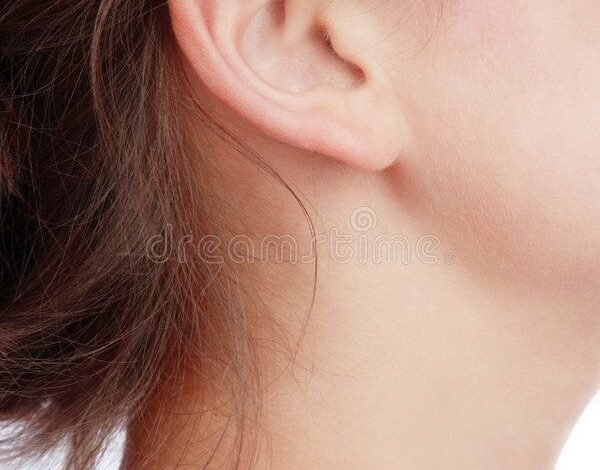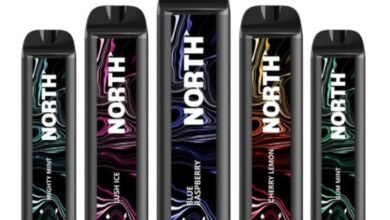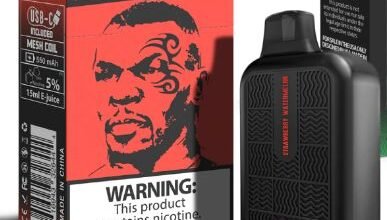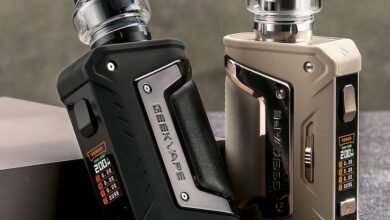Top Shooting Ear Protection: Stay Safe and Guard Your Hearing
Top Shooting Ear Protection: Stay Safe and Guard Your Hearing

Hearing loss is something we often take for granted—until it’s too late. For shooting enthusiasts, protecting your ears isn’t just important—it’s essential. The sound of a gunshot can reach levels as high as 140 to 175 decibels (dB), far above the 85 dB threshold that’s considered safe for prolonged exposure. Without adequate ear protection, just a single shot can result in permanent damage.
This guide will cover everything you need to know about shooting ear protection, from how loud noises affect your hearing to the types of protection available and tips for choosing the right gear.
Understanding the Anatomy of the Ear (and How It’s Affected by Noise)
To truly comprehend why ear protection is so critical, it helps to understand the anatomy of the ear and how loud sounds can damage it.
The human ear consists of three main parts:
- Outer Ear (pinna): Captures sound waves and sends them into the ear canal.
- Middle Ear: Transfers sounds from the eardrum to three tiny bones (the malleus, incus, and stapes), amplifying the sound.
- Inner Ear (cochlea): Converts sound vibrations into electrical impulses sent to the brain.
When exposed to high-decibel sounds, the tiny hair cells in the inner ear that process sound can become damaged. Unlike other parts of the body, these hair cells don’t regenerate—and their loss results in permanent hearing damage. For shooters, this risk is amplified with repeated exposure to gunfire.
Types of Shooting Ear Protection
There are two broad types of shooting ear protection—passive protection and electronic protection—both of which help reduce noise levels to protect your ears.
Passive Ear Protection
- What it is: Traditional ear protection that blocks sound using foam, silicone, or other physical barriers.
- Examples:
- Foam earplugs
- Earmuffs with noise-reducing foam padding
- Silicone earplugs
- Advantages:
- Affordable and widely available
- Low-tech and maintenance-free
- Excellent at reducing noise across all frequencies
- Disadvantages:
- Can block all sound, making communication difficult
- Bulky earmuffs may interfere with shooting stance or safety glasses
Electronic Ear Protection
- What it is: Advanced ear protection with built-in technology that reduces harmful noise while enhancing lower-level sounds, like conversation or environmental cues.
- Examples:
- Active noise-canceling earmuffs
- Digital earbuds
- Advantages:
- Allows for better situational awareness
- Enhances conversations while blocking gunfire noise
- Adjustable noise reduction settings
- Disadvantages:
- More expensive than passive solutions
- Requires batteries or charging
Both passive and electronic options can significantly reduce the risk of hearing damage. For most shooters, the choice often depends on personal preferences, budget, and shooting activity.
How to Choose the Right Shooting Ear Protection
Choosing the right ear protection can depend on several factors:
- Noise Reduction Rating (NRR):
- Check the NRR label, which indicates the level of decibel reduction you’ll get. For shooting, an NRR of 26 or higher is recommended.
- Type of Shooting:
- For indoor ranges, choose ear protection with a higher NRR since sound reverberates in confined spaces.
- For outdoor shooting, electronic earmuffs with situational awareness features may work best.
- Comfort:
- You’ll wear these for long periods, so ensure they fit well and are comfortable. Over-ear muffs should have soft padding, and in-ear plugs should fit securely without irritation.
- Compatibility:
- Make sure your ear protection fits well with other gear, such as safety glasses, helmets, or hats.
- Budget:
- Passive earplugs are an affordable choice for beginners, but if you’re a frequent shooter, investing in high-quality electronic ear protection is worth it.
Best Practices for Effective Use
Even with top-quality ear protection, proper usage matters for maximum safety:
- Double Up:
For especially loud environments, such as indoor high-caliber ranges, combine earmuffs and earplugs for added protection.
- Fit Properly:
Ensure your earplugs or muffs form a tight seal. Ill-fitting protection can reduce their effectiveness by up to 50%.
- Replace When Needed:
Worn-out foam in earmuffs or degraded materials in earplugs can compromise protection. Replace them as necessary.
- Know Your Limits:
Minimize time spent in noisy environments, even with ear protection. Give your ears regular breaks for recovery.
The Role of Shooting Ear Protection in Preventing Hearing Loss
Noise-induced hearing loss (NIHL) is irreversible, but it’s entirely preventable with the right precautions. Studies show that consistent use of ear protection dramatically reduces the risk of permanent damage, even for frequent shooters. While many underestimate the importance of safeguarding their ears, hearing plays a critical role in situational awareness and safety—not to mention overall quality of life.
Long after you’ve left the shooting range, untreated hearing loss can lead to issues such as difficulty communicating, an increased risk of cognitive decline, and social isolation. Investing in quality ear protection now ensures not only auditory health but also better confidence and performance in your shooting activities.
Real-World Testimonials and Expert Opinions
Countless shooters and experts vouch for the effectiveness of proper ear protection. Here’s what some have to say:
- Megan, a competitive shooter: “Switching from foam earplugs to electronic earmuffs changed my experience completely. I can hear my coach better during training while still feeling protected.”
- Dr. Daniel Carter, Audiologist: “Shooting without ear protection—even once—can lead to hearing damage. I always recommend devices tailored for shooting sports, which offer both safety and situational awareness.”
- Jake, a recreational shooter: “I underestimated how much indoor shooting amplified sound. Now I use both earplugs and earmuffs, and my ears feel much better after a long day of shooting.”
Prioritize Your Hearing—Protect Your Ears Today
Hearing damage may be invisible, but its impact is permanent. By taking the time to invest in quality shooting ear protection, you’re safeguarding an essential sense that helps you stay connected with the world—and keeps you safe while enjoying your favorite sport.
Whether you’re a beginner or a seasoned shooter, ensuring ear protection is non-negotiable. Start by picking gear that meets your needs and lifestyle, and make using ear protection an automatic part of your routine.
If you’re ready to prioritize your ear health, explore our curated selection of ear protection options designed with shooters in mind. Protect your hearing starting today—your future self will thank you.



